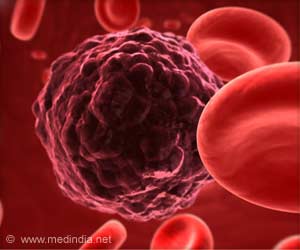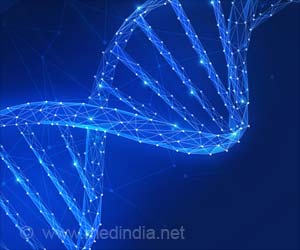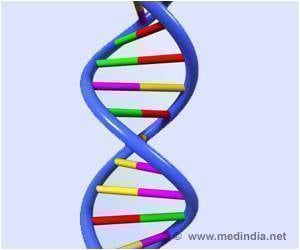Stem cell solution was brought to lime light when a hospital in Bangkok when stem cell was used by the pediatrician to save the life of a 2-year old baby.
Stem cell solution was brought to lime light when a hospital in Bangkok when stem cell was used by the pediatrician to save the life of a 2-year old baby. The baby was suffering from a potentially fatal disorder of the immune system known as bubble-boy disease and lived because of a transplant of umbilical cord blood. Such blood is a rich source of immature cells that can develop into a wide range of different blood cells which can be used to replace diseased ones.
Researchers in Massachusetts had managed to transform regular skin cells into the equivalent of embryonic stem cells in mice. Their work points to a way to produce cells with the qualities scientists value about embryonic stem cells, but without the need to create, harm, or destroy human embryos, and therefore without ethical or political controversy.This announcement came on the eve of a House vote to allow federally funded scientists to study cells from leftover frozen embryos at fertility clinics. And this disharmonic convergence put the politicians into orbit.
The term stem cell actually refers to several types of cells, all of which are special because they can grow and divide into multiple types of cells. Stem cells that are derived from embryos are the most potent of all stem cells because they are able to mature into any cell type in the body. There are stem cells in a few places in the adult body, too, but these are more restricted in their possibilities--for example, stem cells in bone marrow can mature into any type of blood cell, including immune cells, but they could never become a nerve or muscle cell.
Adult stem cells from bone marrow have been used medically for years to help regenerate the immune system, according to Arnold Kriegstein, a stem cell expert at the University of California–San Francisco. He added that stem cells derived from fetal tissue (as opposed to developing embryos) are currently being tested as a cure for a rare metabolic disorder, Batten’s disease.
Embryonic stem cells are a different matter. So far no medical treatments are available. Current research, however, is exploring ways to coax stem cells to grow into the specific cell types that die off in diseases like diabetes, Parkinson’s disease, and heart disease, hence all the hype about potential cures. To harvest stem cells, the embryo has to be destroyed.
Stem cell research is vigorously opposed by elements in society ranging from the Vatican to US President George Bush, Christian fundamentalists and some bioethicists and doctors, who argue that the promise of stem cells should not be realized at the expense of human life, even in its most nascent, embryonic stages.
Advertisement
A great deal more study is necessary before the therapeutic promise of stem cells is fully understood and the benefits achieved and needs support for stem-cell research techniques that bring science and ethics together to promote life, protect life, and save lives.
Advertisement
Source-Medindia
BIN/M





